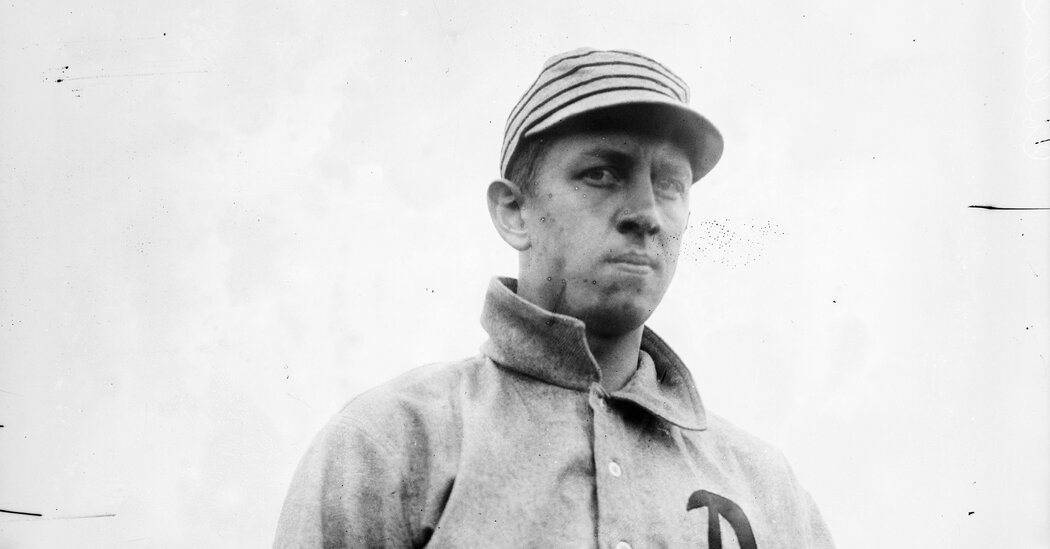
Albert Pujols passed Eddie Collins for 10th place on the career hits list when he went 2 for 4 in a loss to the Mets on Wednesday. Or he tied Collins. Or maybe he was still one short. It all depended on where you looked.
One thing is certain: Pujols, who is thoroughly enjoying his farewell tour with the St. Louis Cardinals, had 3,314 hits entering an afternoon game Thursday. As for Collins, who played for the Philadelphia Athletics and the Chicago White Sox from 1906 to 1930, his hits total is murkier.
The good news? There is an official total for Collins. The bad news? It is hard for a fan to find. And the differences serve as a reminder that while baseball statistics feel set in stone, there is more variation to them than many would guess, mostly because of a predictable factor: human error.
Baseball Reference, a typical first stop for people looking for such a number, says Collins ended his career with 3,315 hits — one more than Pujols, as of Thursday morning. MLB.com’s accounting, which matches up with the old Total Baseball encyclopedia, had Collins tied with Pujols at 3,314. The Elias Sports Bureau, which is the official statistician of Major League Baseball and its clubs, had him at 3,313.
The Elias number is the official one — hence St. Louis’s celebrating the feat Wednesday — but because Elias does not have a searchable website, the total is all but hidden from fans and journalists who are doing their own research.
Baseball Reference, which collects its statistics from numerous sources, often differs from the official Elias numbers, but both agree on Collins’s hit total in 24 of his 25 seasons. Where they differ is in 1920: Elias credits him with 222 hits that year, while Baseball Reference has him at 224. (Either way, it was Collins’s single-season career high.)
The difference, as noted in the past by Alan Schwarz and others, is explained in research done by Retrosheet, an archive of every box score since 1906. In a doubleheader on Sept. 4, 1920, the official record book has Collins 0 for 3 in the second game. But box scores from the time indicate he actually was 2 for 4. Retrosheet attributes the error to a “swap,” in which the totals for one player are accidentally recorded for another. The veracity of that box score, as of Thursday morning, was the difference between Collins’s being in 10th place on the career list or 11th.
There does not appear to be as simple an explanation for MLB.com crediting Collins with 10 hits from 1906 to 1907, while Baseball Reference and Elias credit him with 11.
Potential errors in a statistic as prominent as the hit total of a Hall of Famer might seem like something Elias would want to correct, but it is understandable why the company would not want to delve too deeply into disputed numbers from the first few decades of the 20th century: In Collins’s career alone, Retrosheet has identified what it believes are 173 box score discrepancies. Apply that across all of the players from that era, and it would most likely be thousands of revisions, each with little more than newspaper box scores to serve as evidence.
Pujols can make things easy by collecting another two hits and passing Collins on each list. Should he catch fire and collect another 122 hits this season — highly unlikely given his age and role — he could start a new debate, about whether he has more hits than Cap Anson.
Anson, a Hall of Famer who notoriously helped create baseball’s color line, has 3,012 hits by most accounts, but he had 423 other hits taken away from him in 1968 when M.L.B.’s special records committee determined the National Association was not a major league — a decision that many baseball historians believe was a mistake.
If those hits were ever to be restored, Anson would vault to seventh on the list, pushing a parade of Hall of Famers down one spot each.

